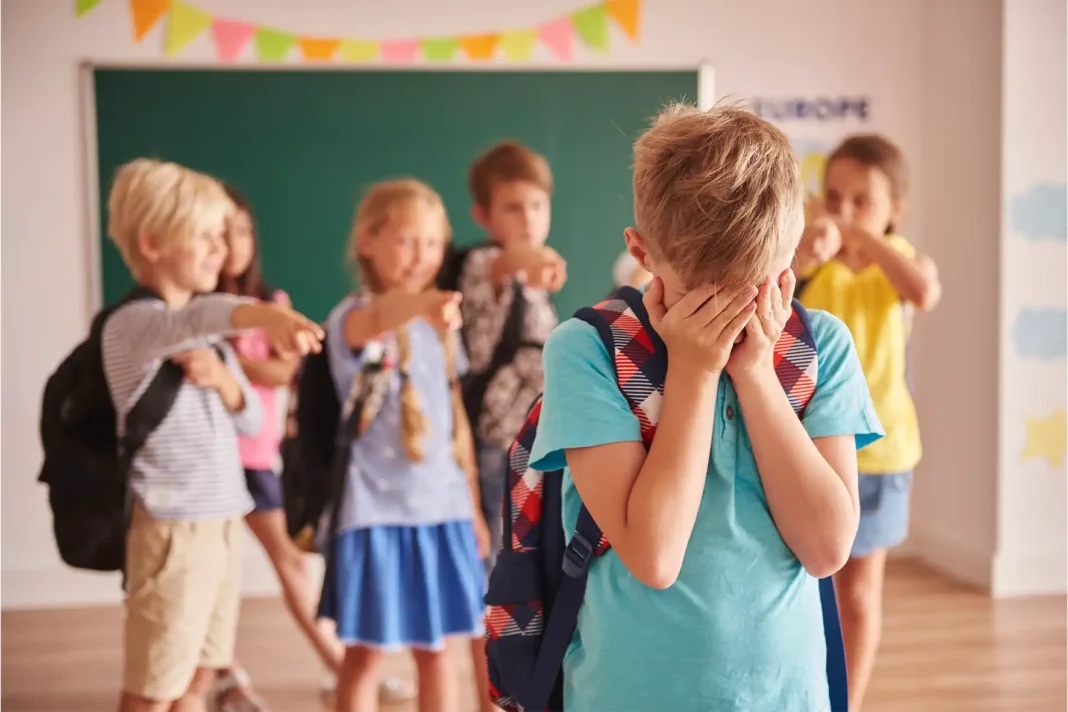Peer bullying remains one of the most underestimated challenges in modern education. It is often portrayed as simple conflict between children who “don’t get along,” yet beneath the surface lie complex emotional, psychological, and social mechanisms that can deeply wound a developing mind.
In essence, bullying occurs when one student repeatedly harms, intimidates, or isolates another—physically, verbally, socially, or digitally. It is rooted in a clear imbalance of power: one dominates while the other feels defenceless. Behind every act of bullying exists a deeper structure of unmet emotional needs, insecurities, and learned behaviours that require genuine understanding rather than mere discipline.
The Lasting Psychological Impact
The effects of bullying reach far beyond the classroom walls. A child who is persistently excluded, mocked, or humiliated often begins to internalise those experiences as proof of personal inadequacy. Gradually, this erodes self-esteem and creates a distorted sense of identity — one defined by shame rather than confidence.
Over time, such children may develop anxiety, depression, and difficulties forming healthy relationships. Long-term studies consistently show that those exposed to bullying in childhood are at higher risk of low self-worth, social withdrawal, and emotional dysregulation in later life.
Forms Of Bullying: Beyond The Physical
Bullying takes many forms, often more invisible than visible. Beyond physical aggression, it manifests as verbal harassment, mockery, social exclusion, and—most recently—cyberbullying.
In the digital age, harmful messages, exclusion from online group chats, or humiliating posts on social media can cause immense emotional harm. What makes cyberbullying particularly insidious is its invisibility — adults rarely witness it, and children feel they cannot escape, even within the safety of their own homes.
Understanding Why Bullying Happens
Bullying is not merely bad behaviour; it often reflects deeper emotional struggles.
Some children seek control because they feel powerless elsewhere. Others imitate behaviours observed at home or online, confusing dominance with respect. A lack of empathy and emotional regulation also contributes to this cycle.
For that reason, schools must prioritise emotional education alongside academics. Teaching children to recognise, express, and manage emotions can prevent aggression before it takes root. Building emotional literacy creates understanding, not hostility.
The Silence Of The Victim
Victims of bullying rarely speak up immediately. Fear, shame, and self-blame often silence them. Many worry about being labelled weak or “snitches.” Unfortunately, that silence sustains the cycle.
Parents and teachers must look beyond words to notice subtle signs: reluctance to attend school, declining grades, appetite or sleep changes, irritability, and social withdrawal. These can be early indicators that a child is silently suffering.
For parents, the first step is to create emotional safety. Rather than asking, “Why didn’t you tell me?”, it is far more empowering to say, “If something like this happens, we’ll handle it together.” This approach builds trust rather than fear.
Children do not always need instant solutions — they need presence, validation, and a calm adult who assures them they are not alone.
Schools As Safe Systems
Schools carry an essential responsibility in recognising and addressing bullying.
Teachers must be trained to detect early warning signs and intervene promptly. Dismissing harmful teasing as “kids being kids” only normalises cruelty.
Implementing awareness programs, confidential reporting channels, and restorative practices can make a major difference. Encouraging bystanders to speak up weakens the bully’s social power — silence often protects the aggressor, not the victim.
Digital Empathy And Parental Guidance
In the digital world, control is unrealistic — but communication and trust are crucial.
Parents should regularly talk about online boundaries, empathy, and privacy, just as they do about real-world manners. The goal is not to ban devices but to teach responsible and compassionate use.
When children feel safe sharing their online experiences, they are less likely to hide harmful situations until they escalate. Open dialogue becomes digital protection.
Empathy: The Antidote To Cruelty
Addressing bullying is not simply about punishment — it’s about teaching empathy.
When children are guided to ask themselves, “How does my action make someone else feel?”, they begin developing self-awareness that prevents harm.
Empathy empowers both sides: it protects victims and disarms aggressors. Creating emotionally intelligent schools and homes strengthens resilience, kindness, and belonging — the most powerful antidotes to peer cruelty.
A Shared Social Responsibility
Peer bullying is not an isolated issue belonging only to schools or families. It is a collective social responsibility.
A child’s silence often speaks volumes. When adults listen attentively, observe carefully, and respond compassionately, that silence begins to fade.
Awareness, empathy, and early intervention remain our most powerful tools to protect young minds and restore their sense of safety.


